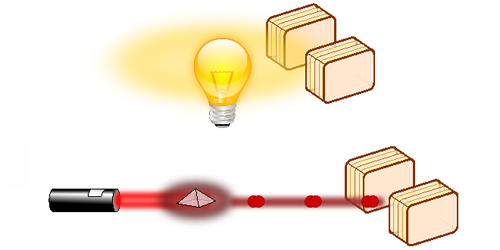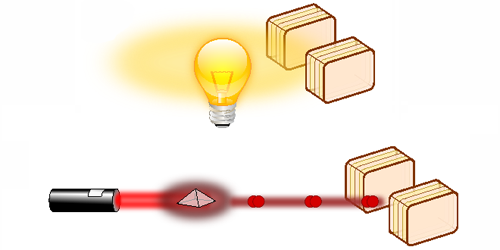When Quantum Light Meets Matter
Interactions between classical light and matter lie at the heart of a broad range of applications—think sunlight striking a solar panel or laser light scanning a barcode. But what happens when quantum light such as light made of “squeezed” or entangled photons interacts with matter? In two back-to-back papers, Fabrice Laussy from the Autonomous University of Madrid, Spain, and colleagues now report a theoretical analysis of the interaction between quantum light and matter that, unlike most previous studies, doesn’t solely apply to specific types of quantum light. The researchers find that quantum light offers advantages over its classical counterpart for certain systems and applications.
Focusing on two ubiquitous systems, an optical cavity and a two-level quantum system, the authors first determined the quantum states each system can be in. They then calculated which of these states could be reached by exciting the systems with classical light or quantum light in the form of a train of single photons. They found that quantum light can take a cavity into states that are not reached with classical light—for example, states that have smaller quantum fluctuations and could be used to store and process quantum information robustly. By contrast, quantum light cannot bring a two-level system into states inaccessible through classical-light excitation. However, they demonstrated that the photons emitted by the two-level system upon quantum excitation are more antibunched (more regularly spaced in time) than those generated by classical excitation. Armed with this knowledge, the researchers propose using chains of two-level systems, in which photon emission from one system drives the quantum excitation of the next, as a way to make better single-photon sources.
This research is published in Physical Review A.
–Ana Lopes
Ana Lopes is a Senior Editor of Physics.





